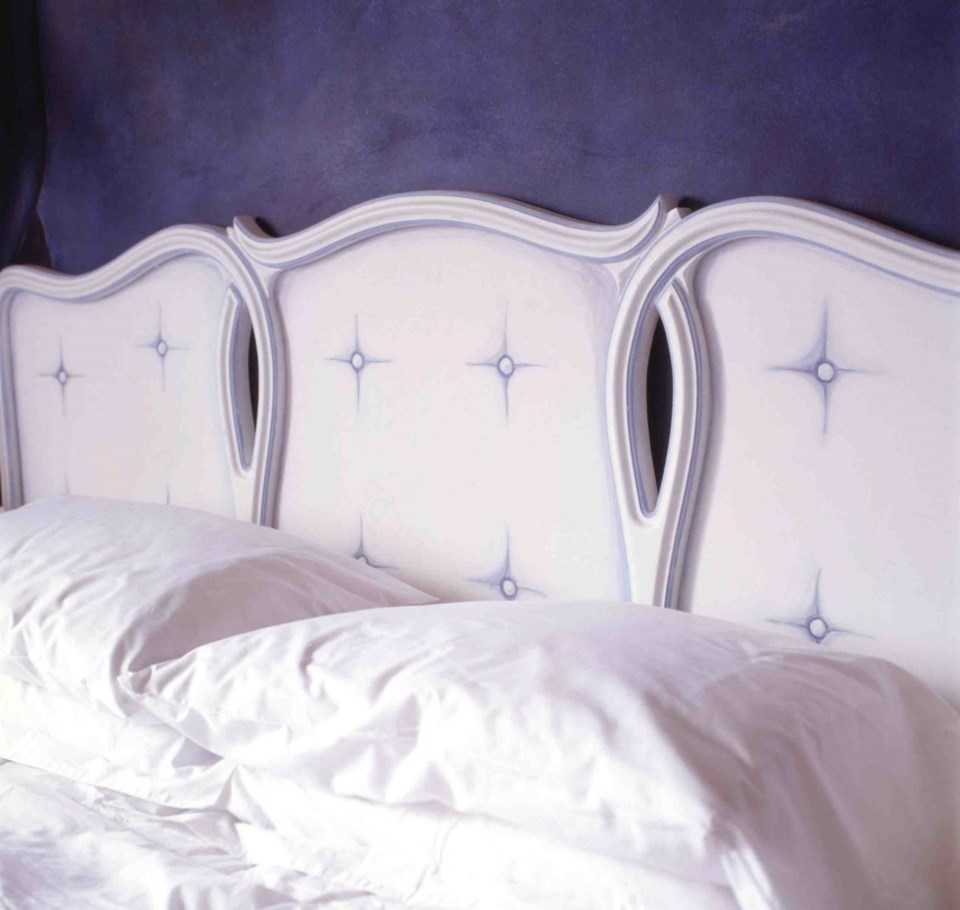Karen
Vintage style looks amazing in a contemporary setting, as long as it’s one or two pieces. They become a focal point, a conversation piece, like a piece of artwork.
Tufted furnishings provide a feeling of comfort and luxury that is timeless. The character of the piece is defined by its shape, and also the colour and type of fabric that is tufted.
For example, a chocolate-brown leather armchair is rich and supple and has a masculine look, whereas a camel-back sofa tufted in silk or satin shimmering in soft pastels produces a more feminine appearance.
The beauty of tufting is the manner in which it showcases the fabric. The tufts, which are generally made by buttons pressed into the billowy upholstery, create shadows and highlights that show off the texture and graduate the colour of the material.
You’ll find lots of examples online to inspire you to introduce some tufting into your life, from ottomans to bedframes and headboards, sofas and all styles of seating — even tufted walls, (which also act as good soundproofing.)
On one of my television shows, we transformed an old headboard that was in good shape but a bit dated. Rather than going to the trouble and expense of having the headboard upholstered, we produced the look of tufting with paint.
You can create this effect on any size or shape of headboard.
Decide where to place the buttons and use a right-angle ruler to ensure that the buttons are in a straight line and evenly spaced.
Draw a “+” to mark where each button will go. Extend the lines to about five centimetres from the centre of the “+”.
Place a penny on the centre spot and trace around it.
This headboard has a white base coat. We used cobalt blue artist’s acrylic and put a small blob of blue and white paint on a plate.
Outline the button and lines in blue. Fill in shadows by lightening the blue with white. The shadows should be placed in the same place around each button and at the edges of the headboard to give the appearance of rounded corners.
Tip: Shading is applied according to the position of the light source in the room. If the window is on the left side of the bed, then the right side of the button will be lighter.
This effect is easy to do, and the results are so realistic that admirers will run their hands over the surface to see if it is authentic.
You love the armchair you’ve found and can see it in your room, so chances are good that it will not only work well, but become a focal centrepiece.
Dear Debbie:My living room has tan carpet with a burgundy couch and recliner. I also have medium oak side tables and a coffee table. I love blues and purples and would like your advice on wall colour. I was thinking maybe a greyish blue might work.
Nancy
Your instincts are right on. Grey looks fabulous as a backdrop to burgundy, not too dark, though. Review the colour swatches at your paint store to find a gray that has blue in it. Another option is a creamy shade for your walls. A brighter effect, but also warm and inviting.
Debbie Travis’s House to Home column is produced by Debbie Travis and Barbara Dingle. Email your questions to [email protected]. You can follow Debbie on Twitter at twitter.com/debbie_travis, and visit Debbie’s website, debbietravis.com.



